With the last goose feather swept up and the Korea Open’s big money all paid out, we take a look back at the event that kicked off the Premier Super Series as well as badminton’s million-dollar era.
By Don Hearn, Badzine Correspondent. Photos: Yves Lacroix for Badmintonphoto
There were a lot of expectations surrounding the 2011 Victor Korea Open Premier Super Series. A lot has been made of the fact that this was the first badminton event in history to offer more than a million in prize money. It was, of course, the first of the Badminton World Federation (BWF)’s new Premier Super Series. Add to that practically unprecedented representation from the top end of the ranking scale in every discipline and it was impossible not to anticipate a grand event.
All the same, the Premier Super Series is all new and no one would be so foolishly optimistic as to expect an unmitigated success without at least small hiccups. Hence, we will take a look at the good, the bad, and the weird* – or at least, the unusual – of this year’s Korea Open. (* The Good, the Bad, the Weird is the English title for the recent Korean movie adapted from Leone’s 1966 classic Il buono, il brutto, il cattivo)
The Good
What was good about the Korea Open? That’s easy. Everything we knew would be good about it and more. You can never go wrong with a fourfold increase in prize money, for starters. It started off with an amazing field, helped by the new BWF rules on mandatory Premier SS participation for top 10 players, but also was not hit by the withdrawals that plague all badminton events, most recently the Malaysia Open and Super Series Finals. True, Sony Dwi Kuncoro and Laybourn/Rytter Juhl had to withdraw at the last minute, but other players who had been struggling recently, such as Joachim Fischer Nielsen, Saina Nehwal, Hendra Setiawan, and Lin Dan, all lasted right up until defeat or title and there was not a single walkover after qualifying day.
The great field also produced great badminton. Even if the mighty Chinese took the vast majority of podium spots, the entire tournament was not a case of unfettered superpower dominance as a few last year had been. Denmark and Japan were among the big upset perpetrators while Thailand’s girls showed the Korean fans some of the same sensational form that had put them on the map in 2010. And, of course, nothing pleases a home crowd more than success by the home team, where we had Sung Ji Hyun upsetting Wang Xin and coming very close to a second finals appearance, plus two big upsets for the brand new Kim/Kim and, to top it all off, another title for Jung/Lee, coming with a grudge match against 2009 champions Boe/Mogensen.
Fans could also catch all that action for a reasonable admission price. It was 13€ at the door for Saturday or Sunday, cheaper than a ticket for qualifying day at the All England. A pass for the entire week in Seoul could be had for only 26€. A five-day Malaysia Open pass was half again this price while watching the entire All England will cost you nearly four times this amount!
Line call controversies, which had marred previous events in Korea, were minimal and may have been helped, in part, by the inclusion of international line judges. The strongest complaints during the week were from Korea’s own Sung Ji Hyun, who had two calls in her favour corrected by the umpire, then two more by the same line judge go against her after an end change.
As a journalist, there are many things we are accustomed to the Korea Open doing well. We always have fast, reliable, hard-wire Internet access, both in the press room and at press tables on the arena floor. The volunteers are always kind and helpful and always check whether we need to use shuttle transport to the tournament hotel. They always order us lunch and dinner whenever needed, a service of which we were rarely able to avail ourselves, given the endless string of key matches on court.
As far as improvements over the previous year are concerned, apart from the stronger field mentioned above, the list is shorter. The press room was smoke-free for the first time. The designated press conference site was in a heated room, as opposed to last year’s near-freezing hallway.
Finally, one rather unexpected bit of promising news was word that Korean spectators were starting to warm to the visiting athletes, declaring their support for players like Tan Boon Heong by name. This is a huge development in a nation where mentioning a name like Bae Youn Joo can still be met with blank looks, even from people who have just finished remarking on her compatriots’ parallel runner-up finish in Taipei.
The Bad
By far the most disappointing aspect of the 2011 Korea Open was that the improvement in field and rewards was not matched by a parallel improvement in its scale as a spectacle. In fact, if the gate figure of 6,000 for finals day constitutes any kind of record for the Open, this can only be viewed as incidental as the publicity looked, on the surface, to be an unqualified disaster, falling far below any Korea Open in recent memory.
One Badminton Korea Association (BKA) official went on record this week expressing the national body’s dissatisfaction with the job done by the events company hired to promote the tournament. That news may bode well for future editions but it can’t alter the obscurity of the event last week. To begin with, the stadium itself had exactly one small banner advertising the event and it was entirely in Korean with a barely visible picture of a badminton player and it was hung on the backside of the building, facing the middle of Olympic Park rather than the giant pedestrian thoroughfare leading from the bus and subway stops.
There were banners hung from lampposts lining the automobile access but still no directions, while adjacent were banners including directions to the same hall for a pop concert a month away. Absent was the standard helium balloon of past years, depending a banner to point the way to anyone within a 2km radius.
Of course, an event’s publicity must start long before a prospective spectator arrives on the subway but there, too, the event was in obscurity. For an event like this, where attendance at the 15,000-seat arena maxed out at 40% capacity, every badminton gym within an hour’s drive should have been plastered with posters months in advance but gym walls were bare, at least in the suburbs and, predictably, players there were largely unaware of the upcoming tournament.
Tickets…please!
Tickets finally went on sale a mere 10 days before qualifying day at Auction Ticket, a site entirely in Korean which requires customers to register using a national identification number issued by the Korean government. As the box office was closed until the morning of Day 2 of the event, this meant advance purchases were impossible for international visitors and even many foreign residents.
Interested Korean residents who were not reached by the scanty publicity were unlikely to just happen to see the Korea Open when flipping channels at home, either. Coverage on host broadcaster SBS was limited to 2h per day, sandwiched in between Asian Cup football and Australian Open tennis. On Friday, though, the network refused even to pre-empt its regular two hours of comedy variety show reruns to show a little extra badminton on what is nominally a ‘sports’ station.
This missed opportunity in promotion and television coverage is most regrettable considering that Korean fans seem to be ready to appreciate great badminton as a spectacle, not just as a source of national pride when a Korean pair wins a doubles title. However, the only way especially international players will become real to fans is if they can communicate with their voices as well as their racquets. The Malaysia Open featured 10 on-court interviews on finals day, for every winner and runner-up and Korea did the same at the Asian championships 2 years ago but last week, it was back to the old bias as Jung and Lee were the only voices heard over the P.A. system.
Back-stage press conferences were the same thing. A far cry from the Malaysia Open, where players were compelled to attend press conferences right from qualifying day, the Korean organizers scheduled exactly one, again for the men’s doubles finalists. The rest of the week, and for the rest of finals day, any journalists wanting post-match interviews had to chase players into the warm-up area. Chinese winners found it very easy to brush off journalists, whose requests could only be communicated to them by a student volunteer translator who was very helpful but had no authority to do other than plead with them to grant interviews.
On the other hand, the disdain for press conferences shown by the event organizers and the Chinese team – in particular Lin Dan, with his post-match Harrison Ford impression – seemed almost justified by the fact that a mere three news sources – Korea’s two badminton monthlies plus Badzine – were intent on interviewing any but the Korean winners.
To comprehend just how far badminton lags behind tennis, just imagine Rafael Nadal leaving the court after beating Roger Federer without a microphone coming near him, then running to a bus while every member of the mainstream media is busy uploading stories about a 3-hour-old doubles match.
The Weird
Granted, it doesn’t get much weirder than only 3 people caring about a men’s singles champion’s disappearing act but there were some other oddities worthy of mention in Seoul.
The press corps was decidedly homogeneous. One factor may be that emails to the BKA never get replies unless preceded by a phone call in Korean, as may be the fact that the media accreditation process is opaque, but for what should have been such a huge event, one would still hope that more from the international media would show up and go through the effortless accreditation-on-arrival process.
With Lee Chong Wei in the finals and Koo/Tan in the semis, and considering experience at past Korea Opens, I expected a much larger and more vociferous Malaysian cheering section. Ditto for Indonesians supporting Simon and Taufik in the quarter-finals. Even Chinese supporters, who shouldn’t have been daunted by the cold, were far more noticeable in Suwon in 2009 than in Seoul last week.
The weirdest aspect of the Korea Open, appropriately, had nothing to do with the success or failure of the event. The title sponsor had a tiny box set up outside the stands to flog their wares to spectators (shown here) but they also had a grand showroom about four times this size, with mannequins adorned in the latest styles, and a wall full of all the latest racquets. But this glossy showroom (shown here) was set up – get this – in the mixed area, hidden from the public and accessible only to players, team and tournament officials, and the media. Staffed solely with Korean speakers, it couldn’t have been there to poach for endorsements so its purpose remains a mystery.
What lies ahead
The most frustrating thing about the 2011 Korea Open is not that the scale of the crowds and the event itself failed to quadruple along with its prize money. The most frustrating thing is that it actually got less attention than it did when it was just a plain old Super Series.
Seoul in January may be among the least welcoming destination/climate combinations on the badminton calendar but the city’s population is still huge. Badminton is the #2 sport in the nation by participation and recreational players are starting to take interest in the international game, seeking out streamed and recorded matches. A few badminton fans even started to complain last year when the networks refused to show Korea’s Uber Cup win, even as a taped broadcast.
The nation may well be ready for a really grand badminton event that provides a festival experience for its participants. The BWF have shown they are committed to making these events better. The BKA has already shown that the Korea Open can be better publicized and that they are aware that the shoddy job done by this year’s needs to be rectified. Handing out winners’ cheques of US$90,000 is a success on its own but there is every reason to hope that future editions of the Korea Open will combine a show with the ample prize money and fine badminton on the courts into a really super sporting event.
![KOREA OPEN 2011 Epilogue – The Good, the Bad, the Weird With the last goose feather swept up and the Korea Open’s big money all paid out, we take a look back at the event that kicked off the Premier Super […]](http://www.badzine.net/wp-content/uploads/Newsflash-thumbnail.png)
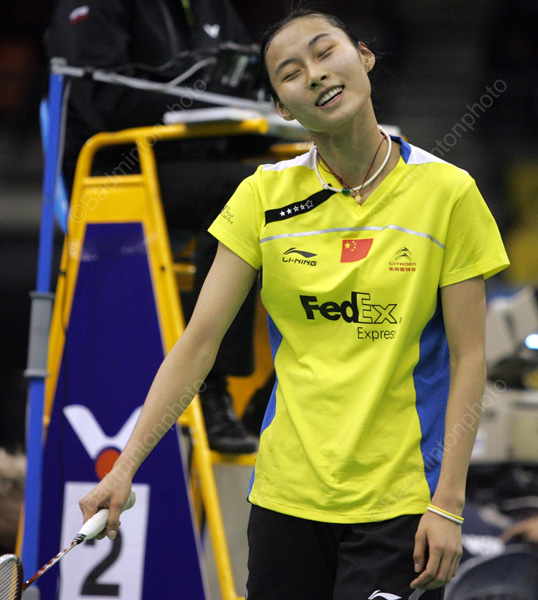
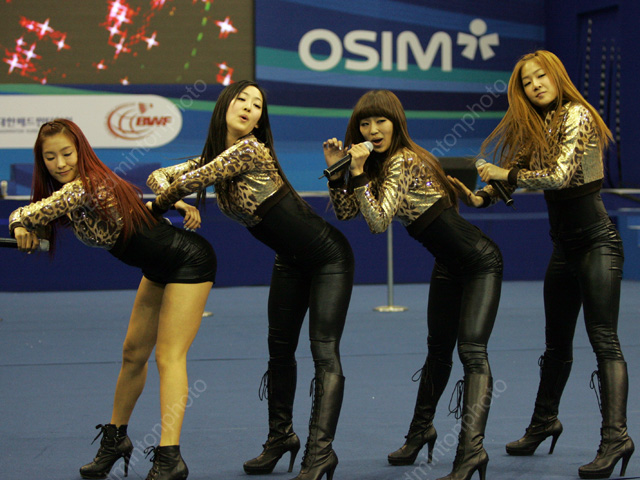
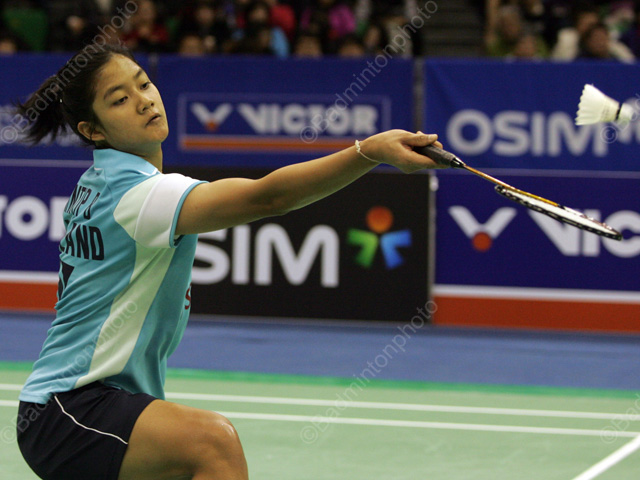

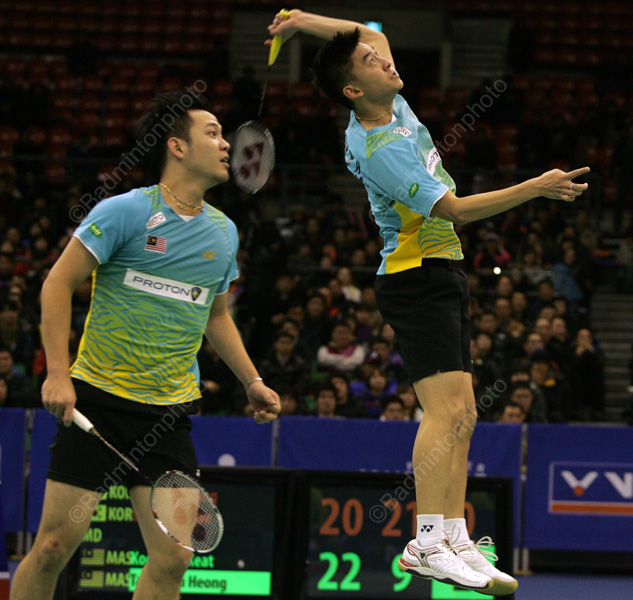
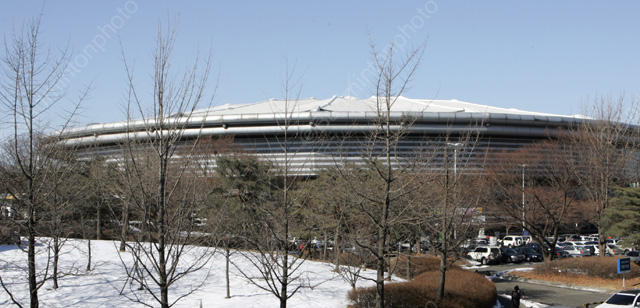
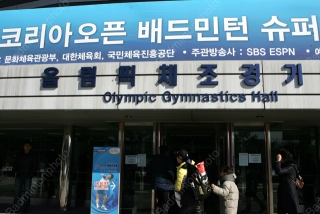
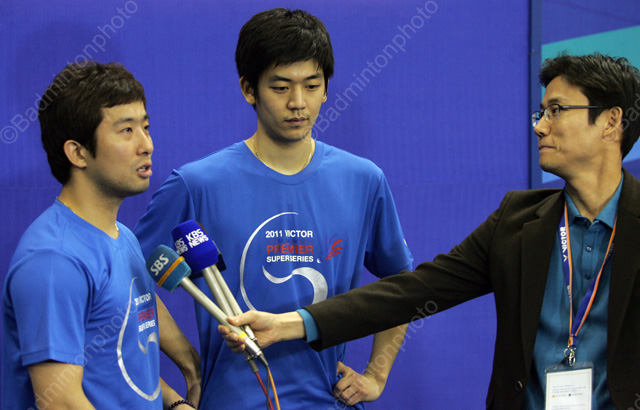
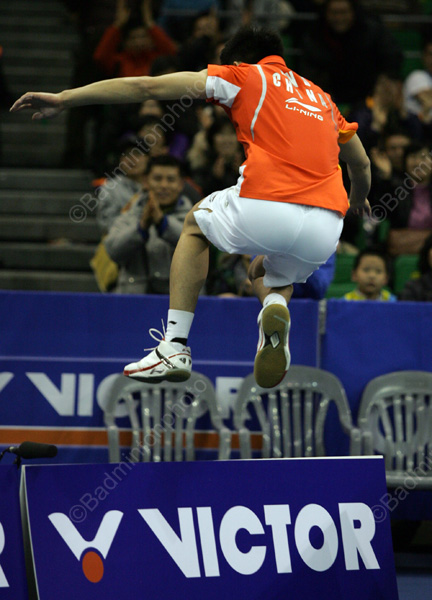

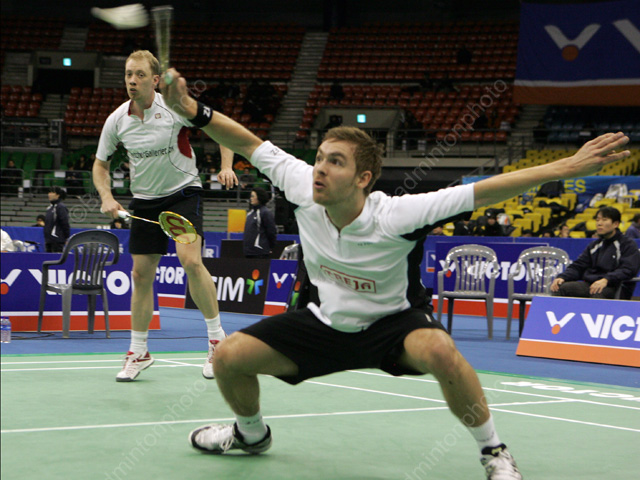

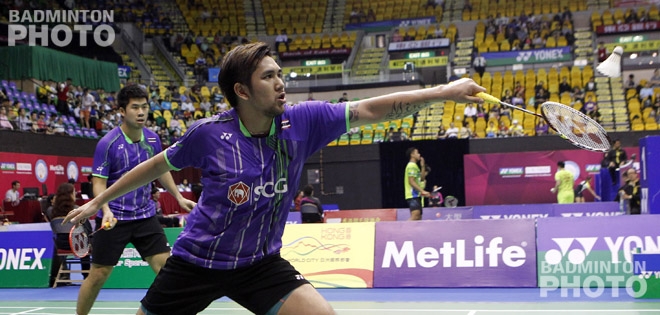
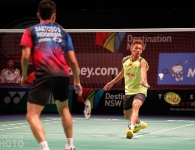
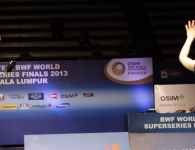
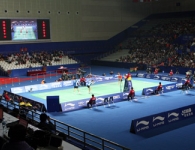
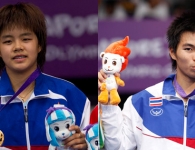
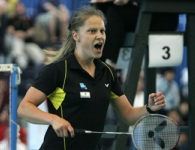
Leave a Reply